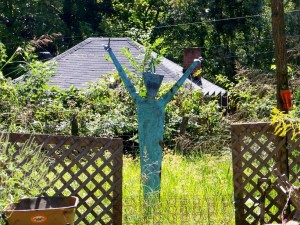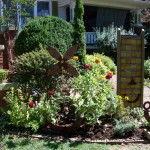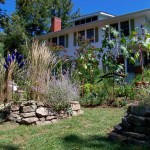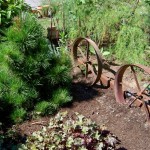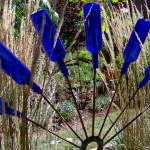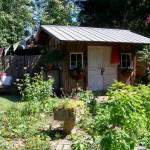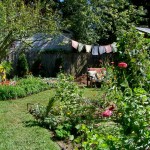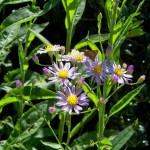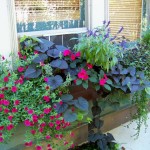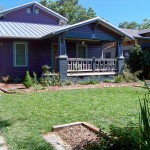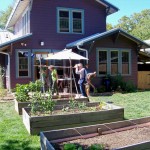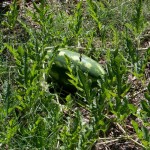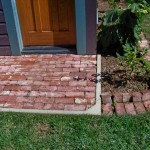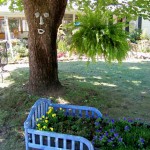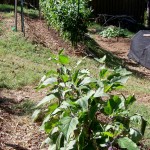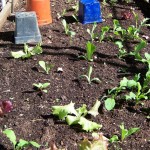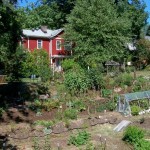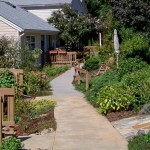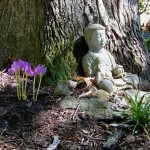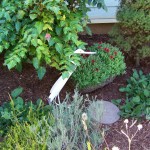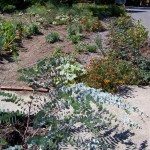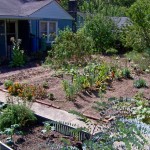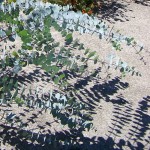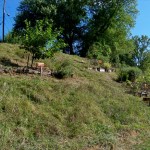
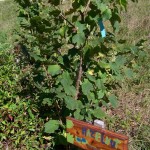
Public Spaces for All Species
At West Asheville Park, just behind left field, a neglected hillside holds the beginnings of a public food forest. Conceived in the spirit of community initiatives two years ago, the Buncombe Fruit and Nuts Club planted small clusters of mostly native perennials, paying careful attention to the soil conditions necessary to build resiliency and withstand neglect. The Club’s intention was to create an easily managed, mini-forest system as a prototype. They envision a day when public edible parks and gardens will quilt our public spaces and be places that foster new human relationships, through learning, sharing, cooperation, compassion, and of course, really good, fresh food.
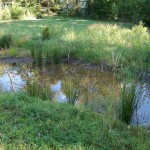
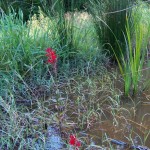
Rhododendron Creek Restoration
In 2008, Riverlink teamed with Baker Engineering to develop and implement a stream restoration and stormwater mitigation project in West Asheville Park. The project reduces sedimentation and improves water quality in Rhododendron Creek which benefits the larger downstream system of Hominy Creek and the French Broad River. Neighborhood volunteers helped with the plantings, removing invasive plant species, and setting in live stakes. Look for soft rush, big bluestem, nine bark and silky dogwood. RiverLink now holds a conservation easements over the entire riparian buffer area of this project which will protect it in perpetuity. For more information, visit riverlink.org, their riverwhisperer blog, or RiverLink’s facebook pages.

